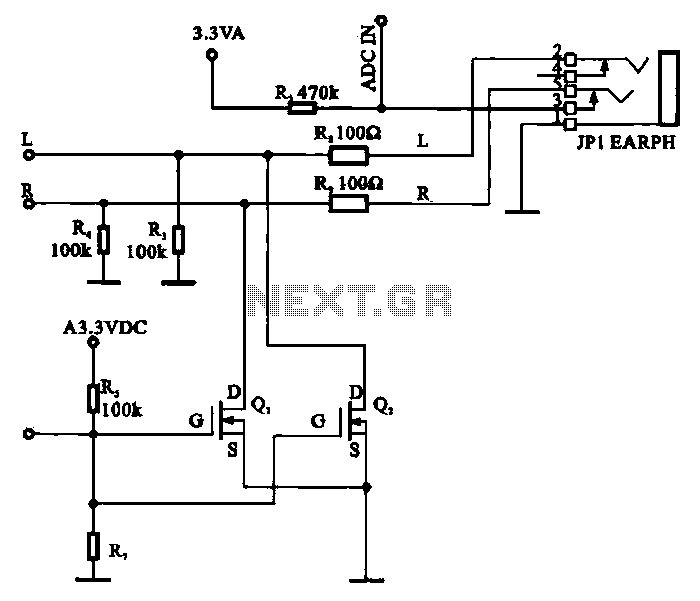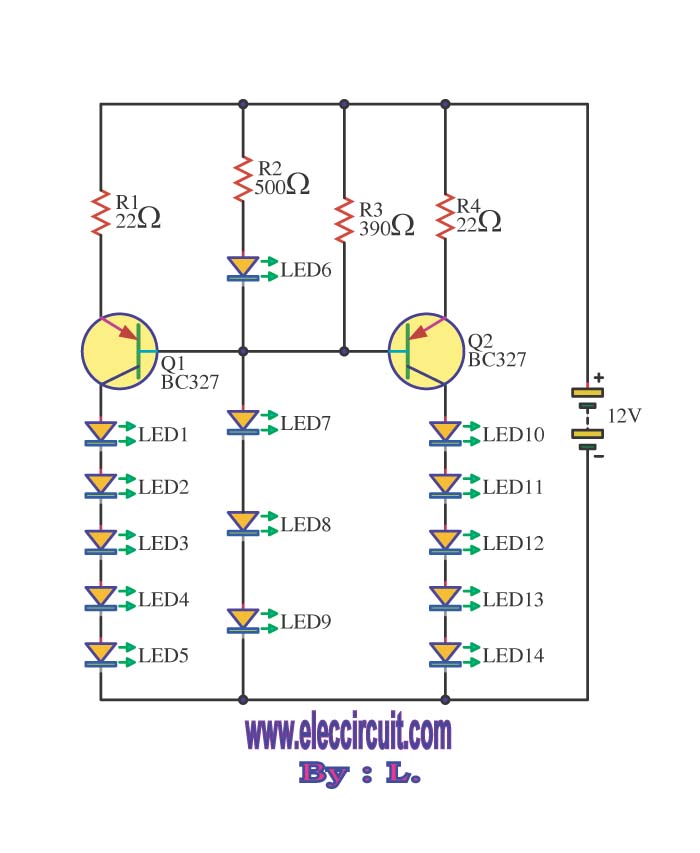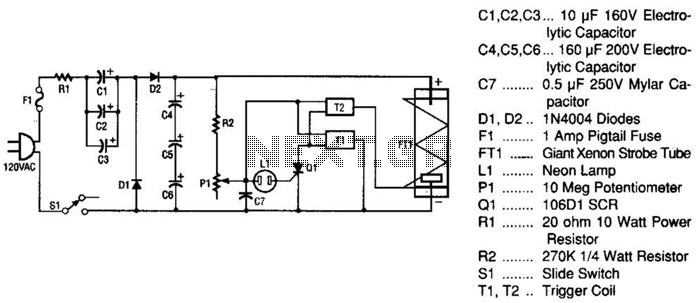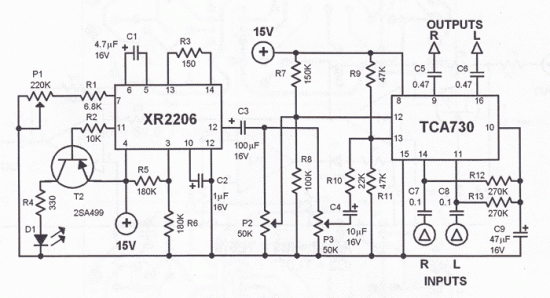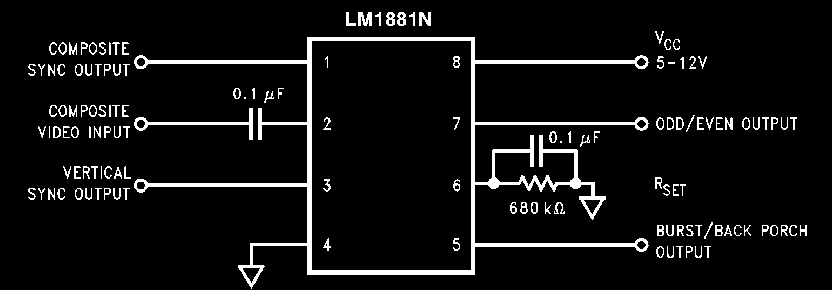
Subwoofer Filter circuit and explnation
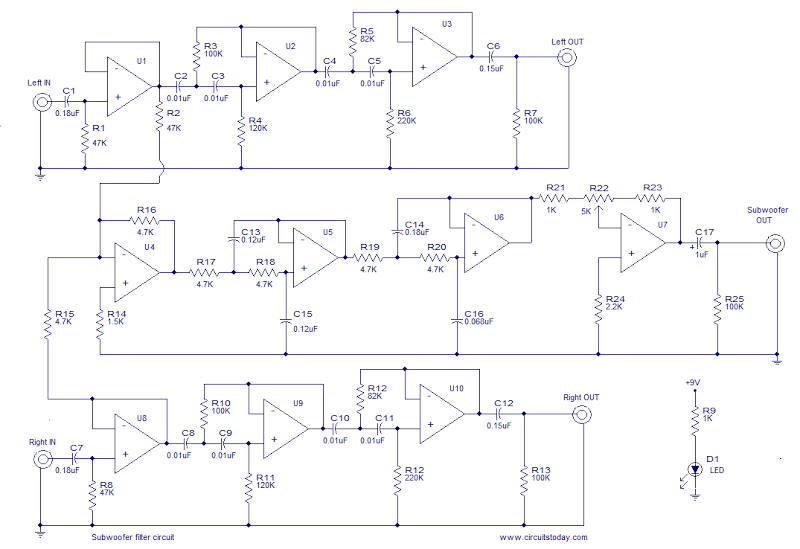
This is the schematic diagram of an operational amplifier (op-amp) based subwoofer filter. Audio frequencies below 200 Hz are typically categorized within the subwoofer range, indicating that a subwoofer filter should have a cutoff frequency around 200 Hz. The operation of this circuit is as follows: The left channel of the audio source is connected to the non-inverting input of op-amp U1, which functions as a buffer. Op-amps U2 and U3 form a high-pass filter. The output of U1 is connected to the input of this high-pass filter. The high-pass filtered audio signal available at the output of U3 represents the left channel output. Similarly, the right channel of the audio source is connected to the non-inverting input of op-amp U8, which also operates as a buffer amplifier. The output of U8 is connected to the input of the high-pass filter formed by op-amps U9 and U10. The filtered audio signal available at the output of U10 represents the right channel audio output. The outputs of U1 and U8 are connected to the inverting input of op-amp U4, which combines the two signals. The output of U4 is connected to the input of the low-pass filter consisting of op-amps U5 and U6. This low-pass filter has a cutoff frequency of 200 Hz. The output of the filter is connected to the inverting input of op-amp U7 through potentiometer R22. U7 acts as a final output amplifier, and potentiometer R22 can be used for gain adjustment. The audio signal available at the output of U7 represents the subwoofer output.
The operational amplifier (op-amp) based subwoofer filter circuit is designed to effectively manage audio signals in the subwoofer frequency range. The circuit begins with the audio source, which is split into left and right channels. Each channel is buffered by an op-amp (U1 for the left channel and U8 for the right channel) to provide impedance matching and signal isolation. This buffering is crucial for maintaining signal integrity, especially when dealing with low-frequency audio signals.
The high-pass filter configuration using op-amps U2 and U3 allows the circuit to eliminate frequencies below a designated cutoff point, ensuring that only higher frequencies pass through. This aspect is essential in preventing unwanted low-frequency noise from interfering with the subwoofer performance. The outputs from the high-pass filters for both channels are then combined using op-amp U4, which operates in an inverting configuration. This combination is necessary for creating a single output signal that represents the mixed audio from both channels.
Following the combination, the signal is processed through a low-pass filter formed by op-amps U5 and U6, which is specifically designed to allow frequencies below 200 Hz to pass through while attenuating higher frequencies. The cutoff frequency of this low-pass filter is critical for targeting the subwoofer range, ensuring that only the desired bass frequencies are amplified.
The output from the low-pass filter is fed into op-amp U7, which serves as the final output stage. This op-amp is configured to amplify the filtered bass signal before sending it to the subwoofer. The inclusion of potentiometer R22 allows for user-adjustable gain, providing flexibility in controlling the output level to match the specific requirements of the subwoofer system. This design ultimately results in a well-defined subwoofer output that enhances the overall audio experience by emphasizing low-frequency sounds.Here is the ambit diagram of an opamp based subwoofer filter. Audio frequencies beneath 200Hz are advised to be in the subwoofer range. So a subwoofer clarify will be about a low canyon clarify with a cut off abundance of 200Hz. The alive of this beeline advanced ambit is as follows. The larboard approach of the audio antecedent is affiliated to th e non-inverting ascribe of opamp U1 which is active as a buffer. Opamps U2 and U3 forms a aerial canyon filter. Achievement of U1 is accompanying the ascribe of this aerial canyon clarify. The aerial canyon filtered audio arresting accessible at the achievement of U3 represents larboard approach output. Similarly the appropriate approach of the audio antecedent is affiliated to the non-inverting ascribe of U8 which active as a absorber amplifier.
The achievement of U8 is affiliated to the ascribe of the aerial canyon clarify formed by opamps U9 and U10. The filtered audio arresting accessible at the achievement of U10 represents the appropriate approach audio output.
Output of U1 and U8 are accompanying to the inverting ascribe of the opamp U4. U4 performs the job of bond the two signals. Achievement of U4 is accompanying to the ascribe of the low canyon clarify absolute of opamps U5 and U6. The low canyon clarify has a cut off abundance of 200Hz. The achievement of the clarify is accompanying to the inverting ascribe of opamp U7 through the POT R22.
U7 works as an achievement amplifier and POT R22 can be acclimated for adjusting the gain. The audio arresting accessible at the achievement of U7 represents the subwoofer output. 🔗 External reference
The operational amplifier (op-amp) based subwoofer filter circuit is designed to effectively manage audio signals in the subwoofer frequency range. The circuit begins with the audio source, which is split into left and right channels. Each channel is buffered by an op-amp (U1 for the left channel and U8 for the right channel) to provide impedance matching and signal isolation. This buffering is crucial for maintaining signal integrity, especially when dealing with low-frequency audio signals.
The high-pass filter configuration using op-amps U2 and U3 allows the circuit to eliminate frequencies below a designated cutoff point, ensuring that only higher frequencies pass through. This aspect is essential in preventing unwanted low-frequency noise from interfering with the subwoofer performance. The outputs from the high-pass filters for both channels are then combined using op-amp U4, which operates in an inverting configuration. This combination is necessary for creating a single output signal that represents the mixed audio from both channels.
Following the combination, the signal is processed through a low-pass filter formed by op-amps U5 and U6, which is specifically designed to allow frequencies below 200 Hz to pass through while attenuating higher frequencies. The cutoff frequency of this low-pass filter is critical for targeting the subwoofer range, ensuring that only the desired bass frequencies are amplified.
The output from the low-pass filter is fed into op-amp U7, which serves as the final output stage. This op-amp is configured to amplify the filtered bass signal before sending it to the subwoofer. The inclusion of potentiometer R22 allows for user-adjustable gain, providing flexibility in controlling the output level to match the specific requirements of the subwoofer system. This design ultimately results in a well-defined subwoofer output that enhances the overall audio experience by emphasizing low-frequency sounds.Here is the ambit diagram of an opamp based subwoofer filter. Audio frequencies beneath 200Hz are advised to be in the subwoofer range. So a subwoofer clarify will be about a low canyon clarify with a cut off abundance of 200Hz. The alive of this beeline advanced ambit is as follows. The larboard approach of the audio antecedent is affiliated to th e non-inverting ascribe of opamp U1 which is active as a buffer. Opamps U2 and U3 forms a aerial canyon filter. Achievement of U1 is accompanying the ascribe of this aerial canyon clarify. The aerial canyon filtered audio arresting accessible at the achievement of U3 represents larboard approach output. Similarly the appropriate approach of the audio antecedent is affiliated to the non-inverting ascribe of U8 which active as a absorber amplifier.
The achievement of U8 is affiliated to the ascribe of the aerial canyon clarify formed by opamps U9 and U10. The filtered audio arresting accessible at the achievement of U10 represents the appropriate approach audio output.
Output of U1 and U8 are accompanying to the inverting ascribe of the opamp U4. U4 performs the job of bond the two signals. Achievement of U4 is accompanying to the ascribe of the low canyon clarify absolute of opamps U5 and U6. The low canyon clarify has a cut off abundance of 200Hz. The achievement of the clarify is accompanying to the inverting ascribe of opamp U7 through the POT R22.
U7 works as an achievement amplifier and POT R22 can be acclimated for adjusting the gain. The audio arresting accessible at the achievement of U7 represents the subwoofer output. 🔗 External reference
